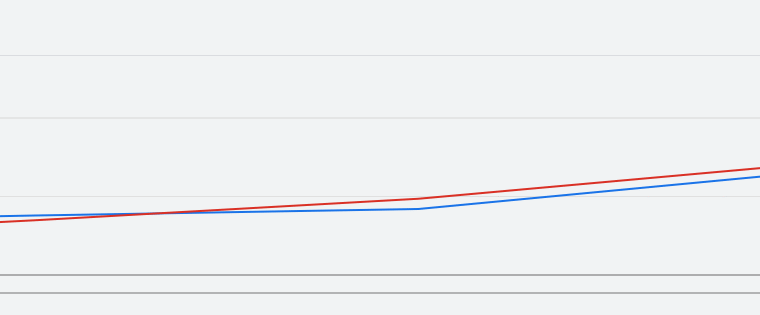Once, a client came to me: “The leads are okay, but most of them either buy single items or ask about cheaper alternatives. We’re profitable only when they order in bulk.”
I audited the account. Keywords? Good. Targeting? On point. No red flags.
But there was still one blind spot: Performance Max. It’s a black box. Google doesn’t explain how it matches ads to users — or why.
That’s when I had a thought.
What if we were unintentionally training the system to focus on the wrong behavior?
Here’s how it usually works: any form of engagement — a phone call, a chatbot ping — gets counted as a conversion.
The algorithm treats all of them equally. It doesn’t know which ones turn into sales, and which don’t.
So we changed that. With the client’s tech team, we updated the setup to send conversion data only for leads that sales confirmed as qualified.
Implementation took about 2–3 weeks. Then came the hard part: no more tweaking. We let the system learn. One clean signal. One consistent definition of a good lead.
About a month in, we saw it: SQL value doubled. Consistently.
Because the algorithm was now learning from the right signals, cost per SQL started to drop — and ROAS doubled.
Two months later, it tripled.
Now the system understands what we mean by “good lead.” And it delivers.
Want your ads to stop attracting low-value inquiries — and start bringing in buyers who match your offer?
DM me in LinkedIn if you want to explore how to do the same for your business.
